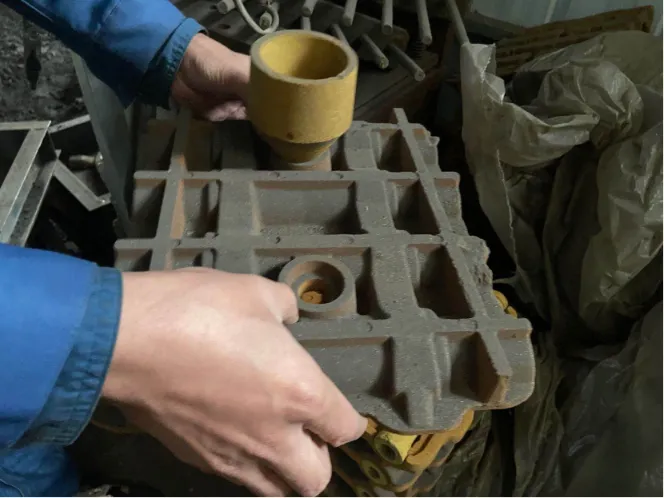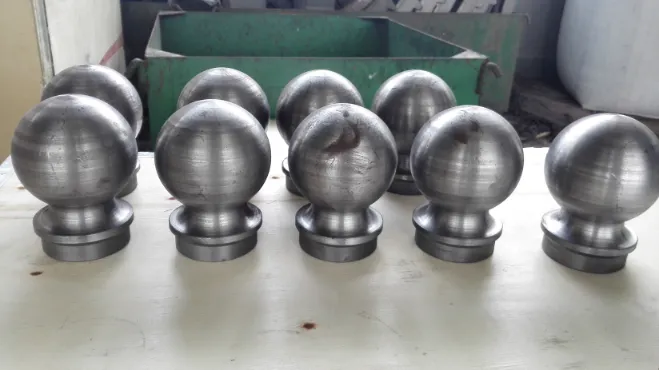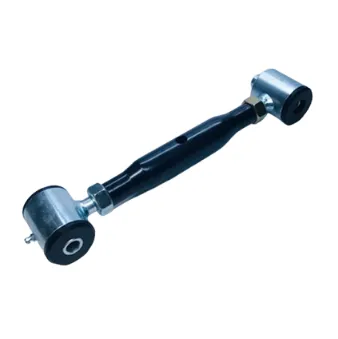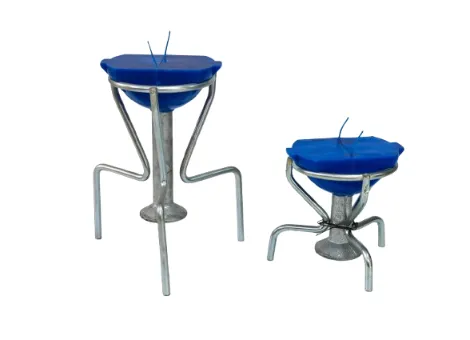
Introduction
Porosity is one of the most usual and annoying defects in casting. It means the tiny holes or air bubbles stuck inside a casting. These bubbles can weaken the strength and toughness of cast parts. And they lead to expensive problems in important uses like engine blocks or airplane parts. In this piece, we will look at the reasons for porosity in castings. We will also see how to stop it. Plus, we will talk about the top ways foundries use to make sure castings are good quality and without defects.
Understanding Porosity in Castings
What Is Porosity in Castings?
Porosity means the small air spots or gas bubbles that get stuck inside hot metal during the casting work. These holes form when gases, often from the hot metal or mold stuff, get trapped as the metal gets hard.
There are two main types of porosity:
Micro porosity: Tiny, hidden holes that can only be found with special testing ways.
Macro porosity: Bigger holes that you can see with your eyes. They often need quick fixes, especially in key parts.
Porosity can lower the working traits of the material, such as its pull strength, tiredness resistance, and total toughness. For fields like airplanes, cars, and big machines, making sure there is no porosity is vital for safety and good work.
Common Causes of Porosity in Castings
Several factors contribute to the formation of porosity in castings:
Gas Entrapment: During the pouring step, gases from the mold stuff or hot metal can get stuck in the casting. These gases are often due to wet spots in the sand mold or dirt in the metal.
Shrinkage: As hot metal cools and gets hard, it shrinks. If the metal does not have enough stuff to fill the mold right, shrinkage porosity can happen.
Moisture in Molds: If the sand mold or core is not dried well, wet spots can turn to steam when hit by hot metal. This makes gas bubbles that lead to porosity.
Improper Pouring: If the metal is poured too fast or at a wrong heat, rough flow can form. This causes the metal to trap air as it gets hard.

Remedies for Porosity in Castings
Best Practices to Prevent Gas Entrapment
Proper Venting: One of the best ways to stop gas entrapment is making sure the mold has enough vents. This lets gases get out as the hot metal fills the space. A good planned gating setup with enough vents can cut down a lot on the chances of gas spots.
De gassing the Metal: De gassing helpers are added to hot metal to take out mixed gases. This helps make sure the metal is free from air spots when it gets hard.
Controlling Shrinkage and Solidification
Gating Design: The gating setup guides the flow of hot metal into the mold. A bad planned gating setup can cause uneven metal flow. This leads to spots that shrink too much. By making the gating setup better, we can make sure that the hot metal fills the mold even. And this cuts down shrinkage porosity.
Riser Design: Risers are storage spots that feed hot metal into the casting to make up for shrinkage. Right riser spots are key to stop shrinkage porosity.
Mold Temperature Control: Cooling speeds and mold heat greatly affect porosity making. Keeping the right mold heat during getting hard is important for cutting down porosity..
Moisture Control in Molds
Drying Molds and Cores: Wet spots are a big reason for gas porosity in castings. Making sure that all molds and cores are dried fully before use can stop steam making. And it stops the gas spots that come from it.
Use of Dry Sand: Using dry sand in sand casting helps to skip the making of steam during the pouring step. This lowers the risk of porosity from wet spots.
Pouring Techniques to Minimize Porosity
Controlled Pouring Speed: Pouring hot metal too fast can make rough flow, which traps air in the mold. By handling the pouring speed, we can lower the chance of air spots.
Optimal Metal Temperature: Pouring hot metal at the right heat is key. If the metal is too hot or too cold, it can lead to bad flow traits. And this raises the chances of porosity.
Foundry Best Practices to Avoid Porosity
Material Selection and Alloy Considerations
Picking the right stuff is needed for stopping porosity. Some mixes are more likely to have porosity because of their makeup. For example, aluminum mixes with high flow are less likely to trap gases during pouring. But thicker stuff like steel may need extra de gassing.
Improving Mold and Core Quality
The quality of the mold and core directly hits the happening of porosity. A mold with the right sand mix and enough strength will cut down defects. Also, the strength of the core is just as important. Any weak spot in the core can cause the hot metal to break it down. This brings gas bubbles into the casting.
Advanced Technologies for Porosity Control
Casting Simulation Software: New foundries use casting pretend tools like MAGMASOFT to guess porosity making. These tools pretend the whole casting work. They let workers spot possible problems before the real making starts.
3D Printed Molds: With the growth of 3D printing tech, some foundries are now using 3D printed sand molds for casting. This way gives more exactness. It makes sure that the casting work is more guessable. And it lowers the risk of porosity.
Regular Quality Control and Inspection
Non Destructive Testing (NDT): Ways like X ray, sound testing, and dye check tests are key for finding porosity in castings. These ways let us check the inside quality of cast parts without hurting them.
Routine Monitoring: Always checking the heat, metal quality, and pouring work makes sure that porosity is kept low. Regular looks and changes during making can help stop defects from happening.
Conclusion
Porosity is a ongoing problem in the casting field. But it is one that can be handled with close care to small things and using top ways.
If you are looking for good quality casting answers, BaoQi’s team of pros is ready to give exact, trusty castings for your needs. Reach out today to learn more about our casting services and how we can help with your next project.
FAQ Section
1. What are the most common causes of porosity in castings?
Porosity typically results from gas entrapment, shrinkage during solidification, moisture in molds, and improper pouring techniques.
2. Can porosity be repaired in castings?
Minor porosity may be repaired by welding, but in critical applications, it’s best to discard defective castings.
3. What is the difference between sand casting and investment casting?
Sand casting is ideal for large, less complex parts, while investment casting is used for high precision, intricate components that require smooth surfaces.








